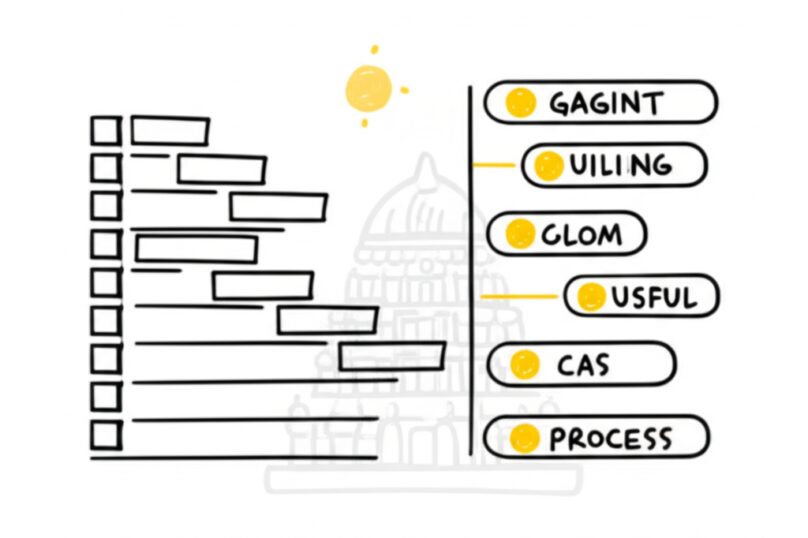Breaking down Project Management & Agile

Project Management and Agile: Two words you hear a lot in the business world, especially if you’re involved in software development or any project-based work. But what do they *really* mean, and how are they different?
Let’s start with Project Management. Imagine you’re building a new factory in Tamil Nadu. Project Management is like having a detailed blueprint and a strict schedule. You plan everything beforehand – from acquiring land to installing machinery – and you carefully track progress against that plan. The goal is to finish the factory on time and within budget. Think of it as a very structured approach, with clearly defined roles and responsibilities.
Now, let’s talk about Agile. Agile is a bit more flexible. Instead of a rigid plan, imagine you’re building the factory in stages. You start with the foundation, and once that’s done, you build the walls. After the walls, you work on the roof. At each stage, you test and get feedback. If something isn’t working, you can change course quickly. This iterative approach allows for adjustments based on new information or changing needs. For example, if you discover better machinery during the construction, you can easily incorporate it into the project.
Key Differences:
- Planning: Project Management emphasizes detailed upfront planning. Agile focuses on iterative planning and adaptation.
- Flexibility: Project Management is less flexible; changes are costly and time-consuming. Agile embraces change and adapts to new information quickly.
- Teamwork: Both approaches need strong teamwork, but Agile often involves more cross-functional collaboration and frequent communication.
- Documentation: Project Management often involves extensive documentation. Agile prioritizes working software over comprehensive documentation.
Which one should you choose?
The best approach depends on your project. If you’re building a large, complex project with well-defined requirements, Project Management might be suitable. However, if you are working on a project where requirements might change, or where you need to quickly adapt to market changes, Agile might be the better choice. Many companies in Tamil Nadu, including IT firms and even construction companies, successfully utilize a hybrid approach, combining elements of both Project Management and Agile.
Example in Tamil Nadu: Imagine a software company in Chennai developing a new mobile app. Using an Agile approach, they might build a Minimum Viable Product (MVP) first – a basic version of the app with core functionalities – and release it to a small group of users for feedback. Based on this feedback, they can make improvements and add features in subsequent iterations.
In conclusion, understanding the differences between Project Management and Agile is crucial for successful project execution. Choosing the right approach depends on your project’s specific needs and context. Remember, flexibility and adaptability are key in today’s fast-paced business environment.
